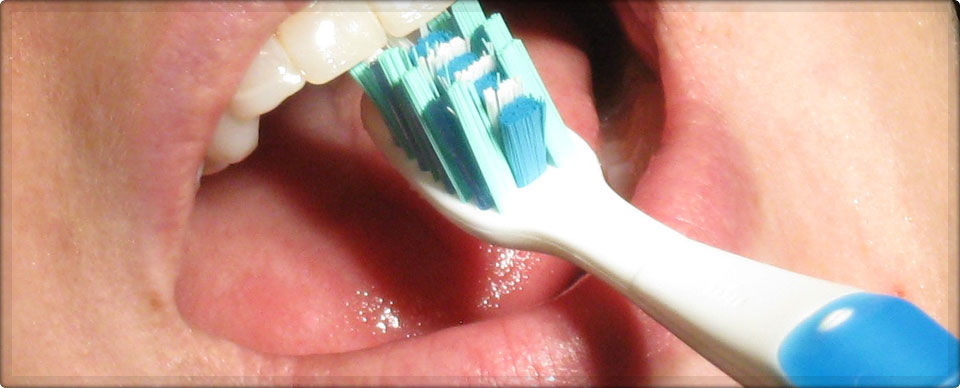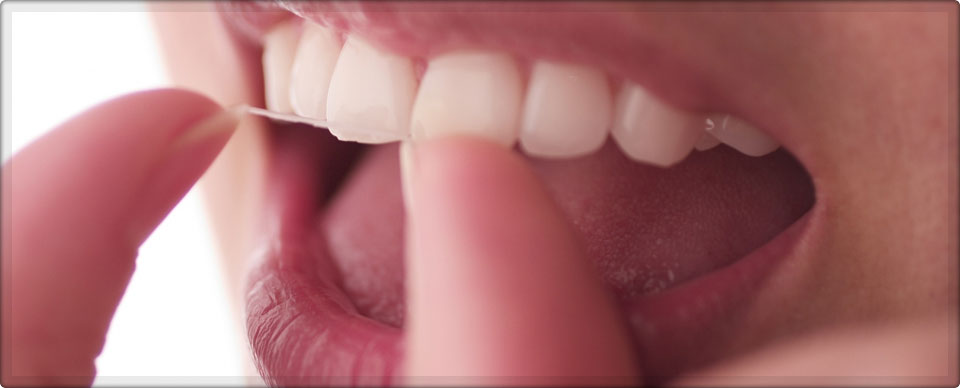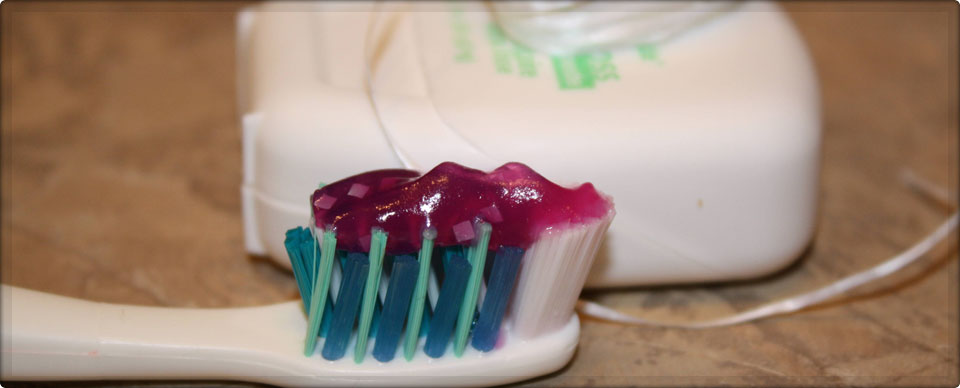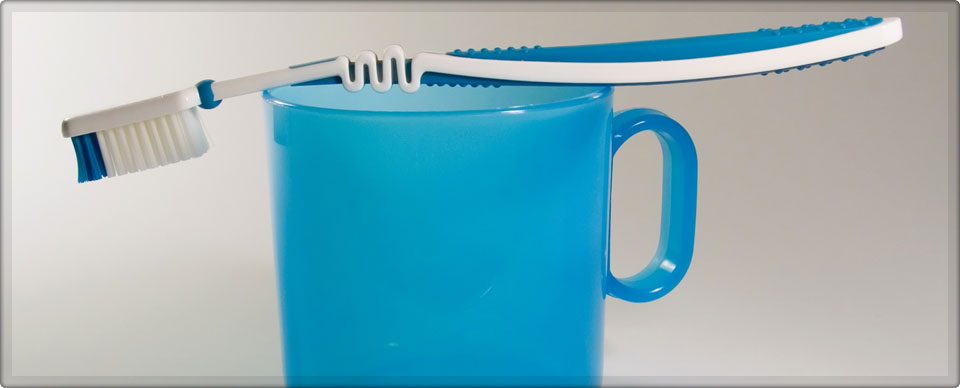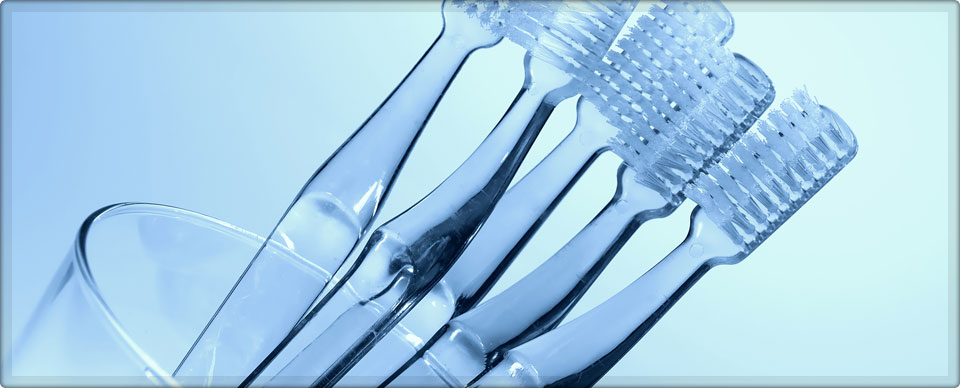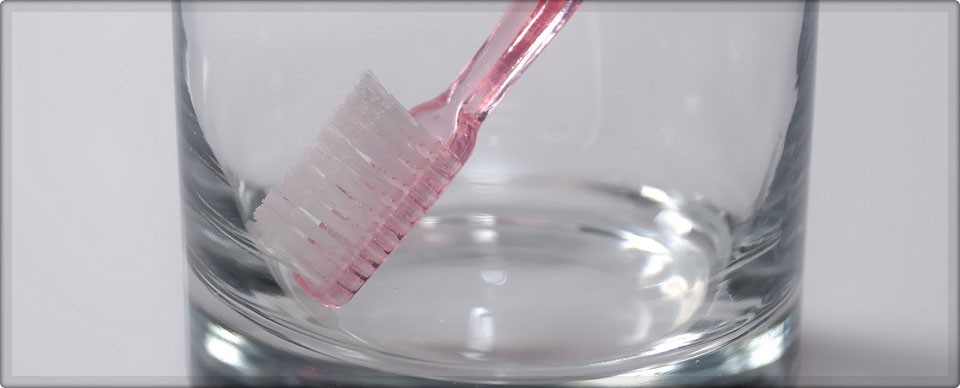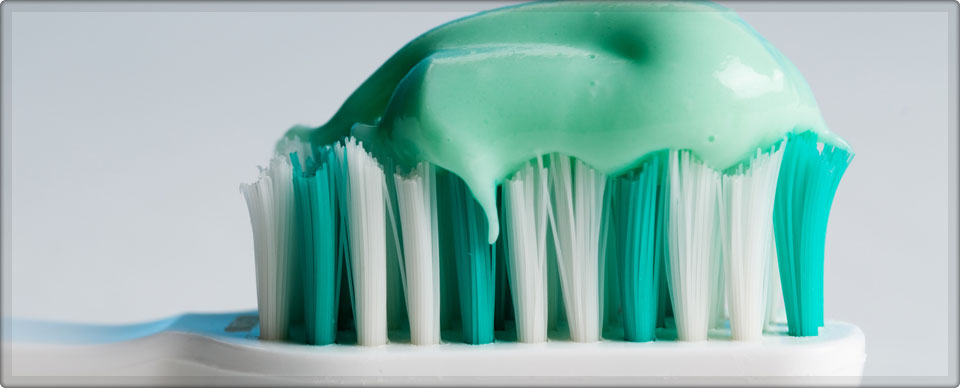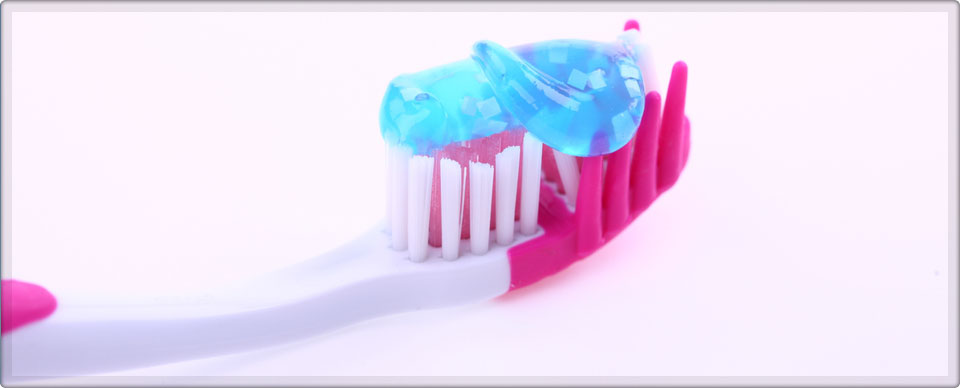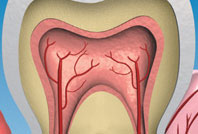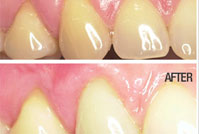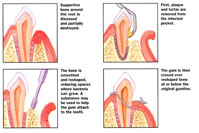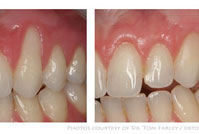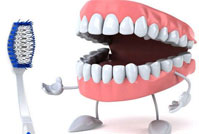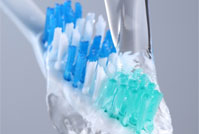Periodontal Disease Treatment
Symptoms of Gum DiseasePeriodontal disease is most of the time silent, thus the symptoms may not appear until it has progressed to an advanced stage. However, there are some warning signs of periodontal disease which are as following:
- Red, swollen or tender gums or other vague type of pain in your mouth
- Bleeding from gums while brushing, flossing, or chewing hard food
- Receding gums which appear to be pulled away from the teeth, causing the teeth to look longer than before
- Loosening or appearance of spacing between teeth that weren’t before
- Pus coming out occasionally between your gums and teeth
- Your mouth feeling sore
- Persistent bad breath, even if you brush regularly
- A change in the way your teeth fitting together when you bite
- Loosening or a change in the fit of partial dentures
Nonsurgical treatment
The non-surgical periodontal treatment, which include scaling and root planning, which means a careful cleaning of the tooth and root surfaces to remove hard and sort deposits i.e. plaque and calculus (tartar) from deep periodontal pockets ( A pouch like space that appear between tooth and gums due to inflammation) and to smoothen the root surface to remove bacterial toxins. This can also be followed by adjunctive therapy like local delivery of antimicrobials and host increasing a person’s immunity response, as needed on a case-by-case basis. Non-surgical therapy also has its limitations, so when it fails to render the periodontal health, surgery may be indicated to restore periodontal anatomy damaged by periodontal diseases and to facilitate oral hygiene practices.
Laser treatment
Since many years other than routine scaling procedure the only further treatment available was conventional flap surgery. Nearly 70 to 80% patients indicated for flap procedure can now be treated by nonsurgical means that is by dental soft tissue lasers. The other 20 to 30% cases can be treated by flap surgery & bone grafting if required.
Research suggests that the use of lasers as an adjunct to scaling and root planing (SRP) may improve the effectiveness of this procedure. In addition, when the lasers are used properly during periodontal therapy there can be less bleeding, swelling and discomfort to the patient during surgery. However, each laser has different wavelengths and power levels that can be used safely during different periodontal procedures. Damage to periodontal tissues can result if an inappropriate wavelength and/or power level is used during a periodontal procedure.
Surgical treatment:
If you're diagnosed with pyorrhoea, and if your condition does not improve by non surgical treatment, your specialist may recommend surgery for it. Periodontal surgery is necessary when your periodontist concludes that the gums around your teeth is unhealthy and the condition cannot be improved with non-surgical treatment. There are the four types of surgical treatments most commonly recommended:
- Pocket Reduction Procedures
- Depth of your periodontal pockets must be measured. A pocket reduction procedure is adviced if your pocket are too deep to clean by you in daily at-home oral hygiene measures and a professional care.
- During this procedure, your periodontist folds the gum tissue back and removes the bacteria causing the disease and then secures the gums into place. In some cases, irregular surfaces of the damaged bone might need to be smoothened to remove the areas where disease-causing bacteria can hide. This helps the gum tissue to better reattach to disease free bone.
- Reducing the depth of the pockets and eliminating the bacteria are important to prevent damage caused by the progression of pyorrhoea and this helps you to maintain a healthy smile. Sometimes, eliminating bacteria alone may not be sufficient to prevent disease to recur. Deeper pockets are always more difficult to clean, both for you and your dental care professional, so it's important to reduce them. Less pocket depths and a combination of daily oral hygiene and professional maintenance care at optimal intervals increase your chances of keeping your natural teeth – and decrease the chance of serious health problems associated with pyorrhoea..
- Regenerative Procedures
- When the bone supporting your teeth has been destroyed, your periodontist may recommend a regenerative procedure. These procedures can reverse some of the damage by regenerating lost bone and/or tissue.
- During this procedure, periodontist folds back the gum tissue and removes the bacteria. Membranes (filters), bone grafts or tissue-stimulating proteins can be used to encourage body's natural ability to regenerate bone and tissue.
- Eliminating the bacteria and regenerating bone and tissue helps to reduce pocket depth and repair damage caused by the progression of pyorrohea. With a combination of daily oral hygiene and professional care, the chances of keeping your natural teeth.
- Crown Lengthening
- Periodontal procedures are available to prepare the groundwork for restorative and cosmetic dentistry and/or to improve the aesthetics of your gum tissues.
- Your periodontist may help you to improve a "gummy" smile in case if your teeth appear short. Your teeth may actually be the adequate lengths, but they might be covered with too much gum tissue. To correct this, periodontist performs crown lengthening procedure.
- During this procedure, gum and bone tissue is reshaped to expose more of the natural tooth crown. This can be done to single tooth, to even your gum line, or to many teeth to expose a natural, broad smile.
- Crown lengthening procedure may be recommended to make a restorative or cosmetic dental procedure possible. If your tooth is decayed, broken below the gum line, or has inadequate tooth structure for a restoration, such as a crown or bridge. Crown lengthening adjusts the gum and bone levels to expose more of the tooth structure so it can be restored.
- Crown lengthening helps to improve function or esthetics, patients often receive the benefits of both: a beautiful new smile and improved gum
- Soft Tissue Grafts
- Exposed roots of the teeth are the result of gum recession. You may wish to enhance your smile by covering the exposed roots that make your teeth appear too long. Or, maybe you may want them to be covered like before, because the exposed roots are sensitive to hot or cold foods and liquids.
- Your gums may have receded for a variety of reasons, like aggressive tooth brushing or periodontal disease. Sometimes, you may not be able to control the caused the recession, but the factors contributing your problem must be identified in advance. If these contributing factors are controlled, a soft tissue graft procedure can help to repair the defect and also prevent additional recession and bone loss.
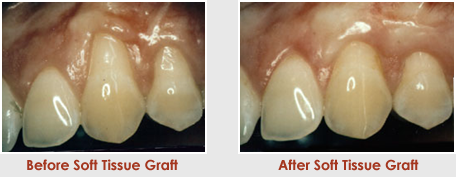
Soft tissue grafts can be used to cover roots or develop gum tissue where absent due to exposed roots. During this procedure, periodontist takes gum tissue from your palate or another donor site to cover the exposed root. This can be done for single tooth or several teeth to even your gum line and reduce the sensitivity.
- A soft tissue graft can reduce further increase in gum recession and bone loss. The covered roots lead to reduce chances of root decay. This procedure reduces tooth sensitivity and also improves your smile.






